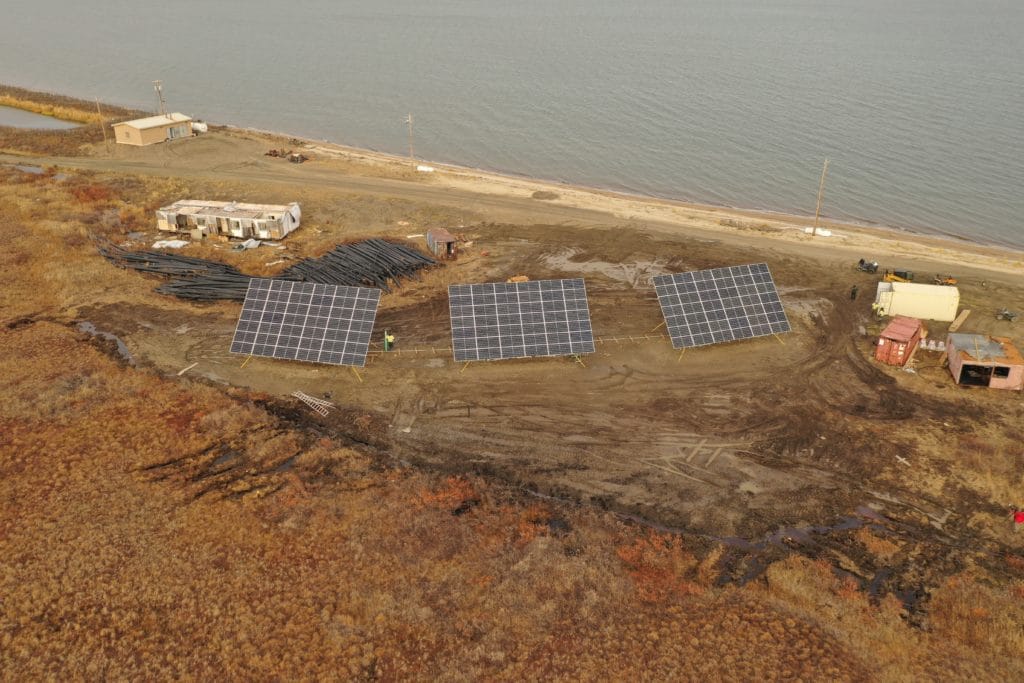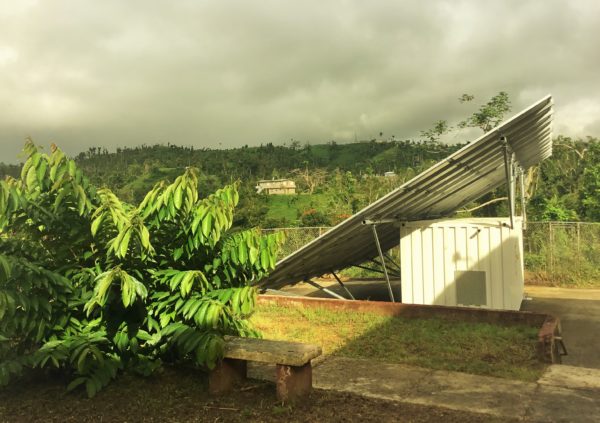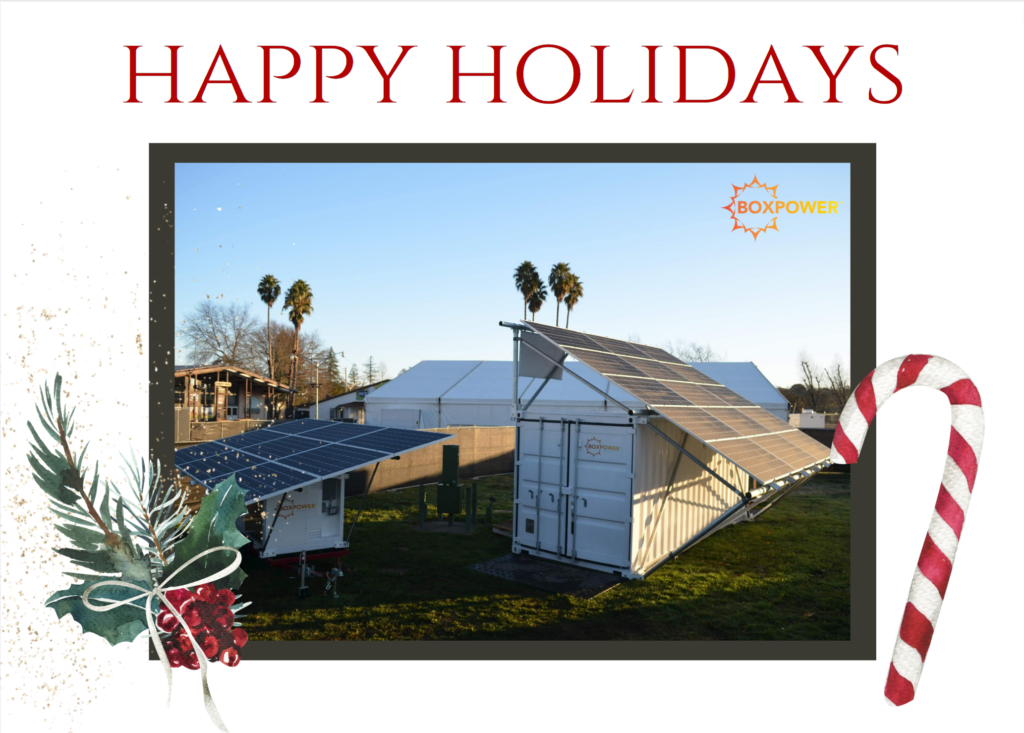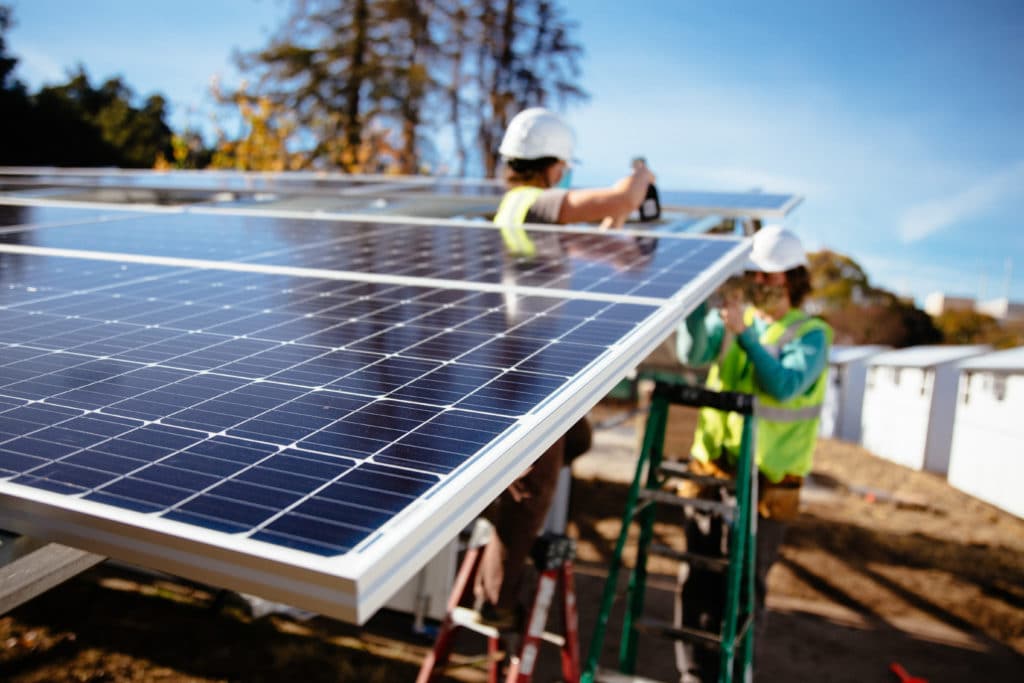What the IRA Means for Tribal Communities
The new Inflation Reduction Act (IRA) and Infrastructure Investment and Jobs Act (IIJA) dedicate billions of federal dollars to clean energy development, climate resiliency, and grid modernization. Many of the programs included within these pieces of legislation provide funding specifically to Tribal nations, significantly reducing the cost of clean energy and Remote Grid deployment for Tribal communities.
These new acts will put hundreds of millions of dollars in the hands of Tribal nations in the form of loans and grants. Some of the most important streams of funding come in the form of Investment Tax Credits and Production Tax Credits. Under the IRA, tax–exempt entities including Tribal governments are eligible to receive these tax credits as direct payments, which means that eligible entities can receive a cash bond or rebate directly from the government instead of collecting credit when filing taxes.
Receiving funds as direct payments can help Tribal nations immensely with Remote Grid project development, especially since the clean energy investment tax credits included within the IRA can start from 30% of total project costs (given prevailing wage and apprenticeship requirements met). Additionally, other tax bonuses are available that serve as add-ons to this 30%, meaning that some Tribal clean energy projects could receive up to 70% of the costs up front in the form of direct pay. Depending on the situation, new clean energy projects can receive:
- 10% if the project is in low-income or Indian Land. This can be raised to 20% if:
- The project is located on a low-income residential building (includes buildings supported by tribally designated housing entity)
- The project that provides over 50% of total financial benefits to low-income households
- 10% if at least 40% of the content (steel, iron, etc.) is manufactured in the U.S.
- 10% if the project is located in specified energy communities which include brownfield sites, areas with certain employment related to coal, oil or natural gas experiencing unemployment above the national average, and areas with closed coal mines or coal-generating plants.
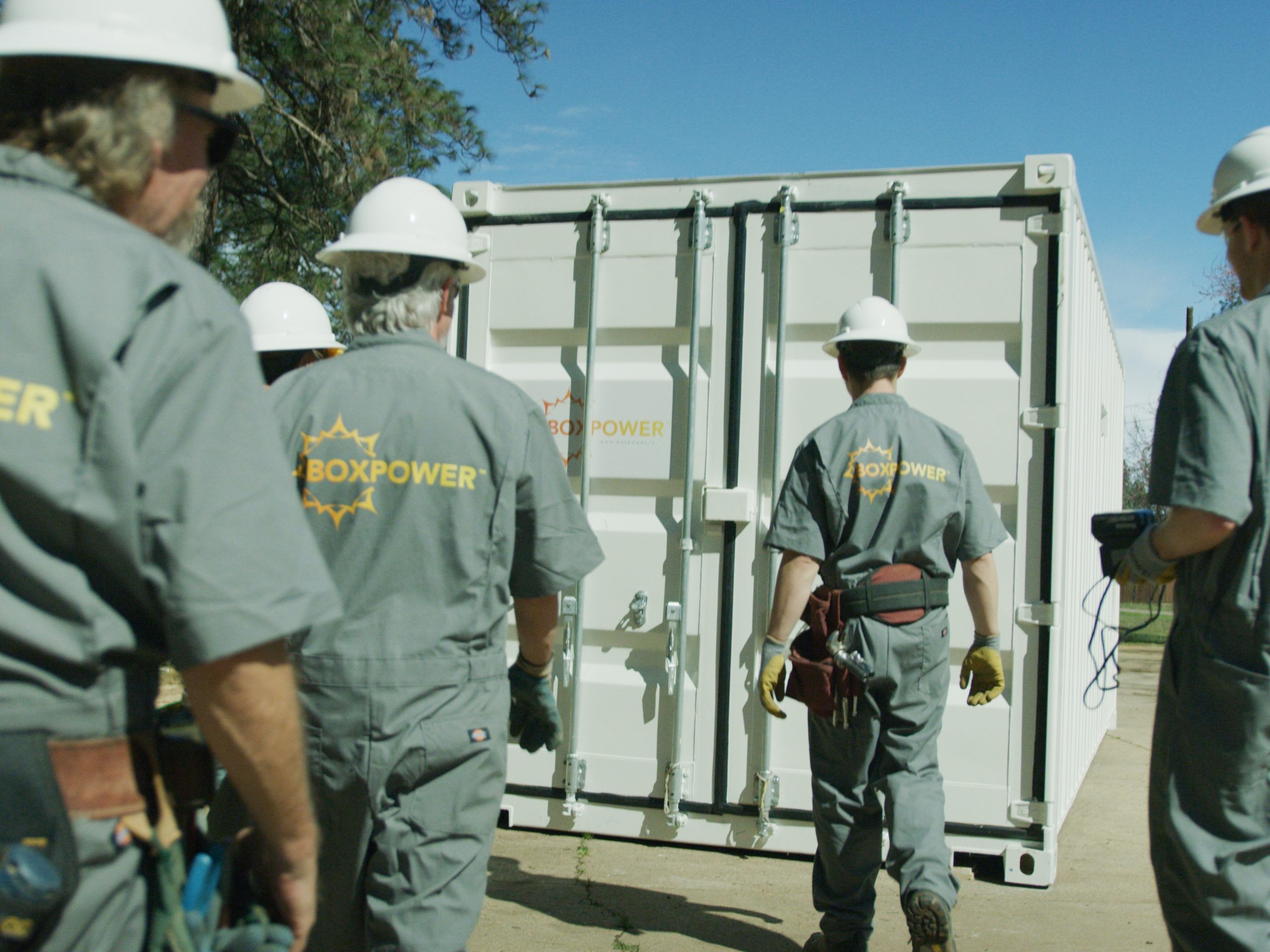
Additionally, eligible entities can instead opt in to receive Production Tax Credits, which creates a per-kilowatt hour credit for net-zero-emission facilities, with a 10% bonus for facilities located in certain ‘energy communities’ (brownfield sites or where at least 5% of employment is in the oil and gas sector) and a 10% bonus for facilities constructed with domestic steel, iron, or manufactured products.
On top of the reinstatement of these clean energy tax credits, the IRA adds more money to the Tribal Energy Loan Guarantee Program (TELGP), which is a partial loan guarantee program that can now guarantee up to $20 billion in loans to support economic opportunities to tribes through energy development projects and activities. Under this solicitation, the Department of Energy (DOE) can guarantee up to 90% of the unpaid principal and interest due on any loan made to a federally recognized Indian tribe or Alaska Native Corporation for energy development.
Another loan program that applies directly to Tribal communities incorporated within the IRA is the Rural Renewable Energy Loans Program. A section included within this program allocates $1 billion for Rural Utility Service (RUS) loans for renewable energy infrastructure. This act requires the agency to forgive up to 50% of the loan amount, and eligible entities include electric service providers, like municipals, cooperatives, investor-owned and Tribal utilities.
Talk with an expert about BoxPower microgrid solutions for Tribal utilities
The IRA and IIJA also include many grants that support tribal electrification directly:
Tribal Electrification Program (IRA)
- Provides $145.5 million to help tribal communities transition to clean, zero-emission, electric energy systems. Funds can be used for the provision of electricity to unelectrified Tribal homes through a zero-emissions energy system, to transition electrified Tribal homes to zero emissions energy systems, and for associated home repairs and retrofitting necessary to install the zero emissions energy systems authorized
Greenhouse Gas Reduction Fund (IRA)
- This new Environmental Protection Agency program puts forth competitive awards to fund green banks and Tribal governments around the country. Within this program, $7 billion is dedicated to the deployment of zero-emission technologies in which Tribal governments, state municipalities, and other non-profits are eligible.
Upgrading Grid Demonstrations (IIJA)
- This new program managed by the Grid Deployment Office includes $5 billion in funding for innovative approaches to reliability, resilience, transmission, and storage. States, Tribes, and PUCs are all eligible
Energy Improvement in Rural or Remote Areas (IIJA)
- This program rolled out by the Office of Clean Energy Demonstration allocates $1 billion to improve resilience, safety, reliability, and availability of energy in rural or remote areas (including tribal lands) and increase environmental protection from adverse impacts of energy use, in coordination with the Department of Interior.
State, Territory, & Tribal Formula Grid Resilience Grants (IIJA)
- The Grid Deployment Office allocates $2.5 billion for States, Territories and Tribes and their grid modernization, resiliency and clean energy efforts. Resilience investments allowed under the Formula Grant include Use or construction of Distributed Energy Resources (DERs) for enhancing system adaptive capacity during disruptive events, including microgrids, and battery storage subcomponents. It also allows investments in Fire-resistant technologies and fire protection.
Grid Resilience Innovation Partnerships Programs (IIJA)
- Grid Resilience Utility and Industry Grid Grants
-
- This new $2.5 billion program supports activities that will modernize the electric grid to reduce impacts due to extreme weather and natural disasters. Eligible entities include distribution providers, transmission operators, storage operators, but at least 30% must go to small utilities (for those selling no more than $4 million MWh of electricity per year)
- Grid Innovation Program
-
- This $5 billion program aims to provide financial assistance to one or multiple states, Tribes, local governments, and public utility commissions to collaborate with electric sector owners and operators to deploy projects that use innovative approaches to transmission, storage, and distribution infrastructure to enhance grid resilience and reliability
In the past, Tribal communities have been generally underserved and under-recognized by federal government programs. However, with these new Acts allocating large amounts of funding for Tribal nations, these communities can deploy standalone power systems at a much more scalable rate than before. To learn more about how BoxPower can help Tribes electrify their communities with clean energy please send us an email at [email protected]

